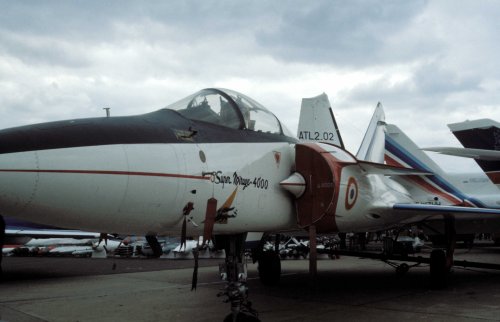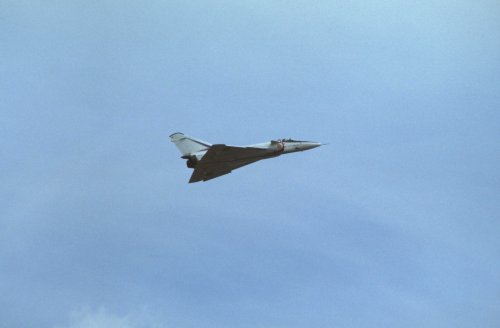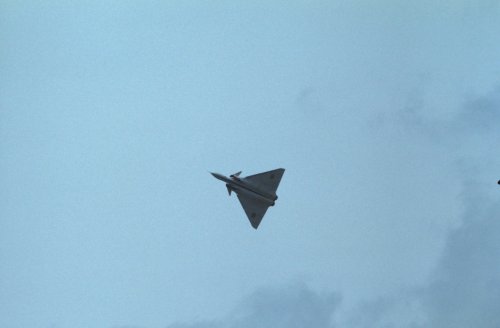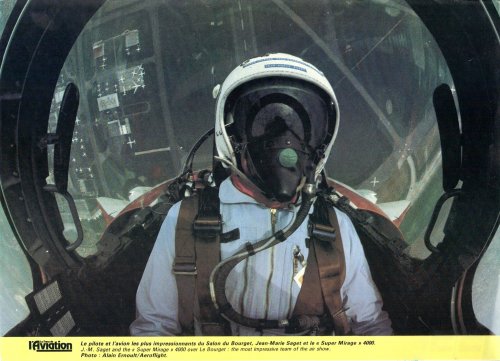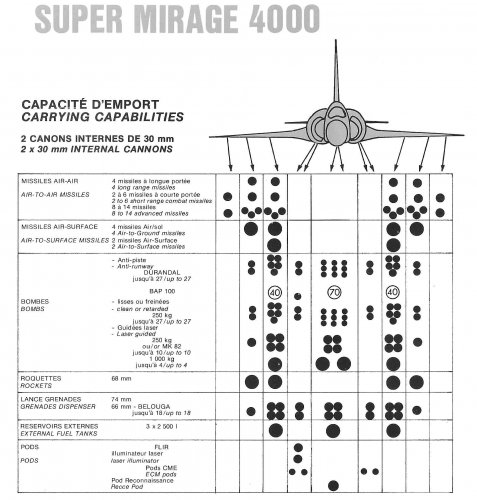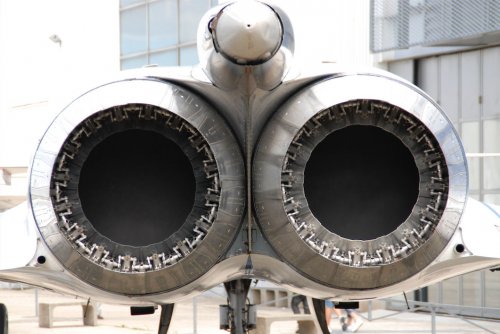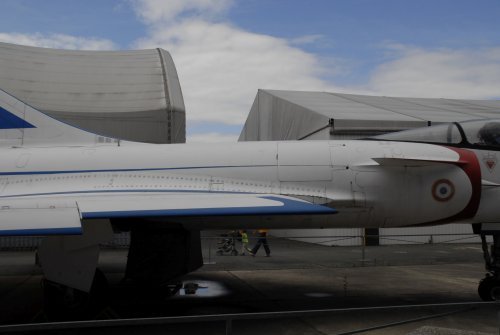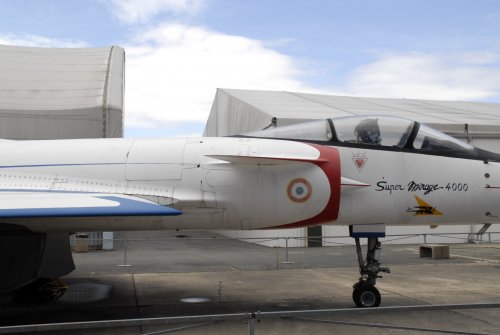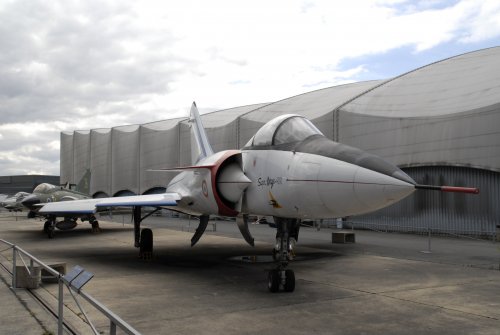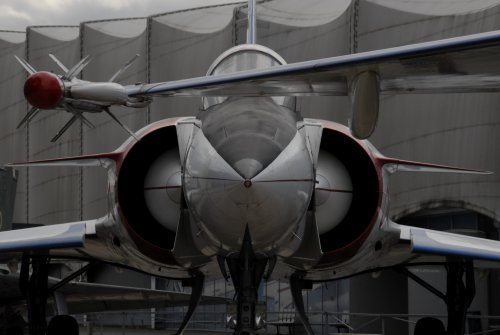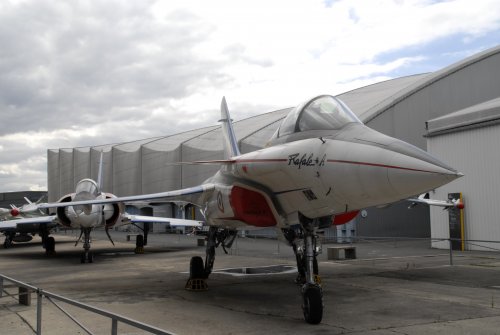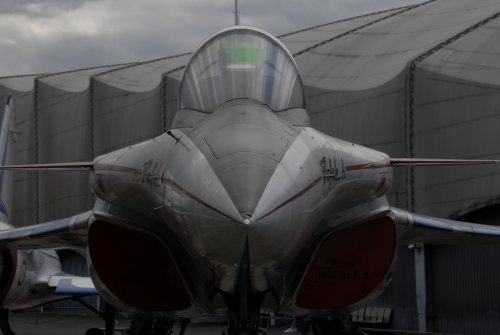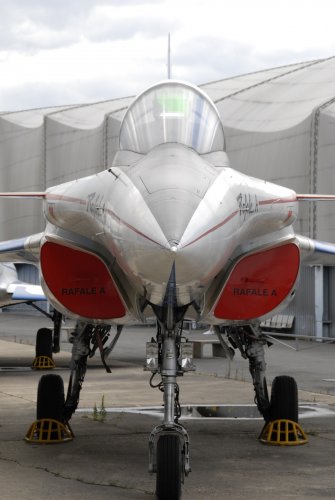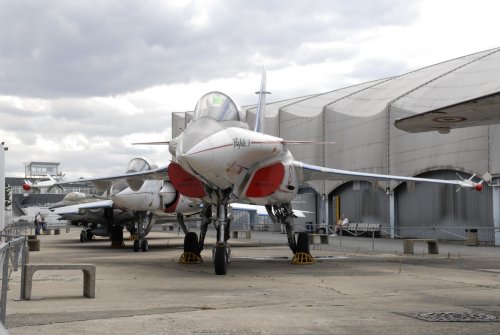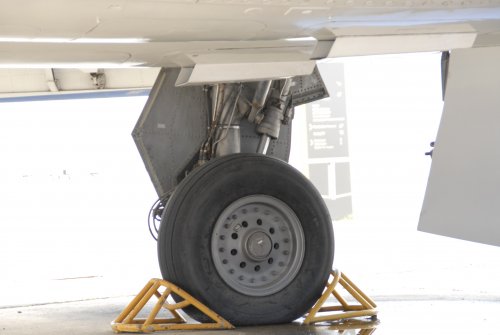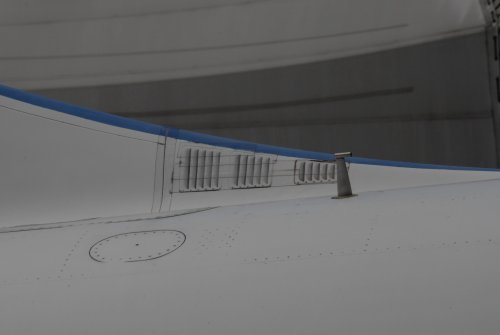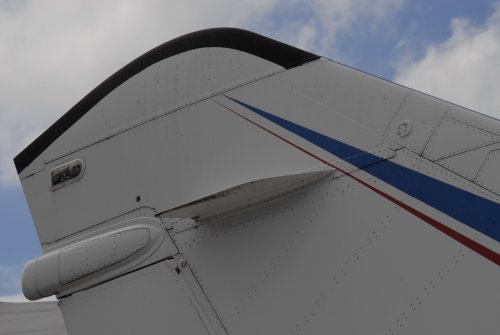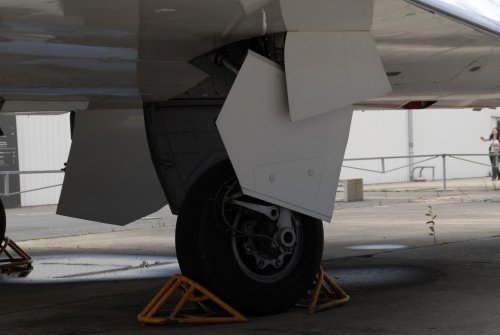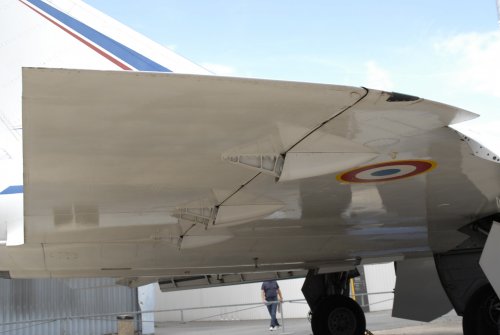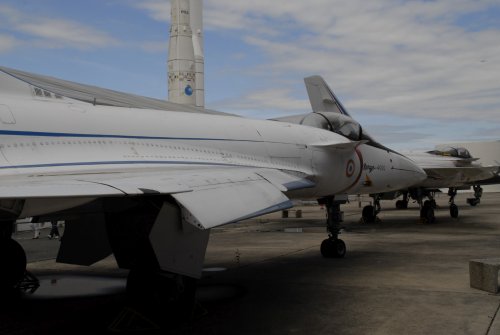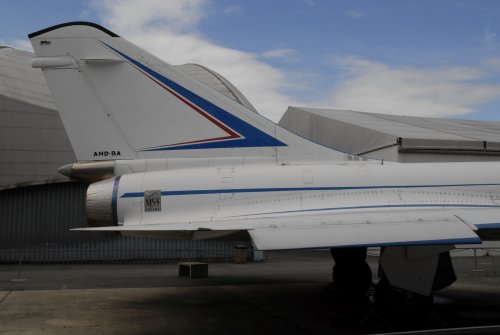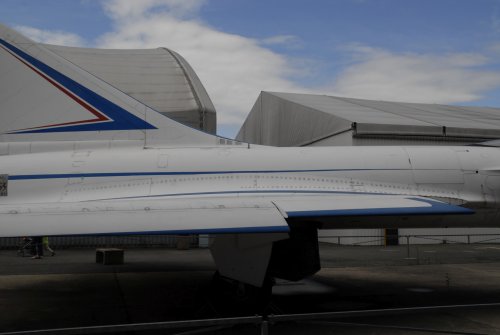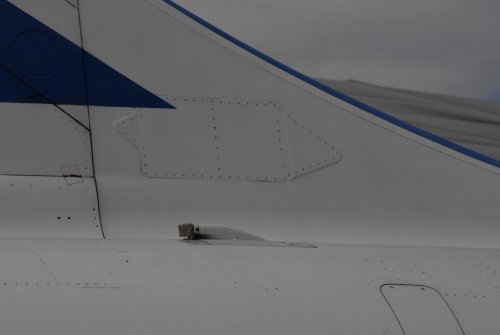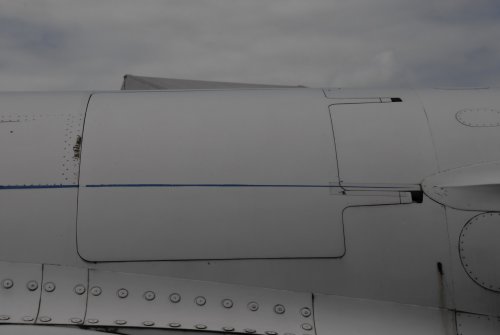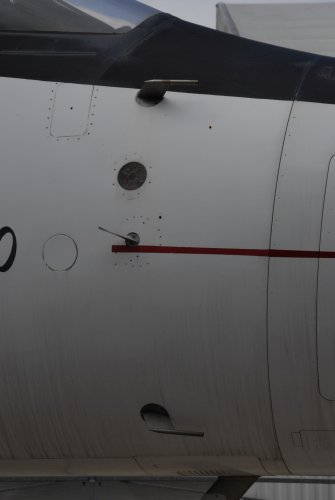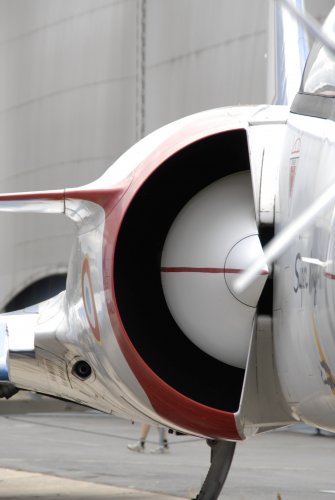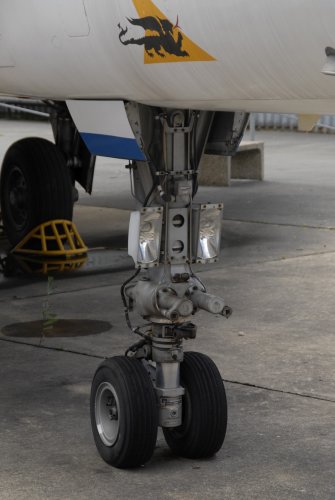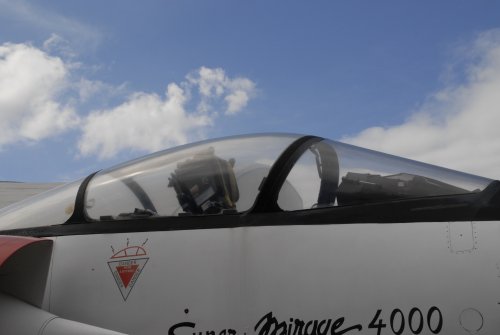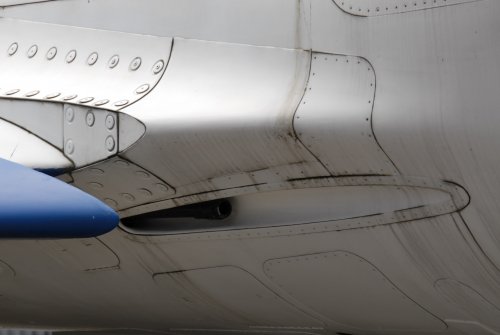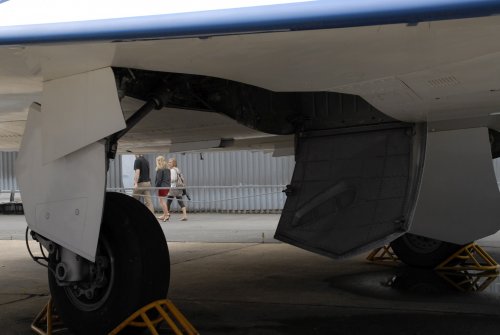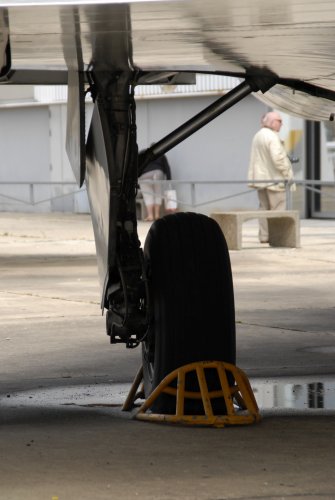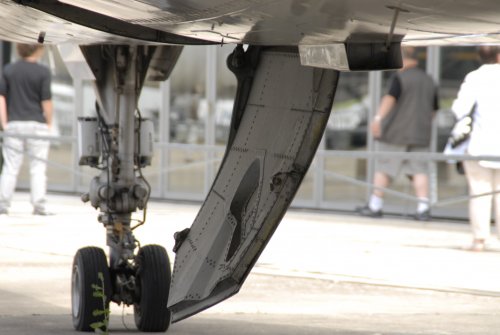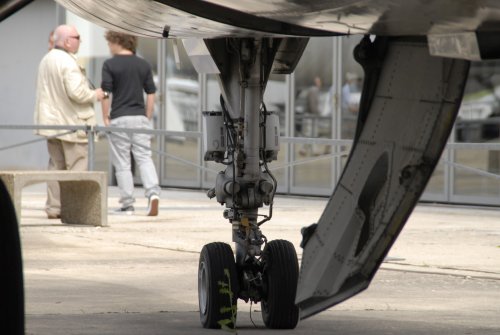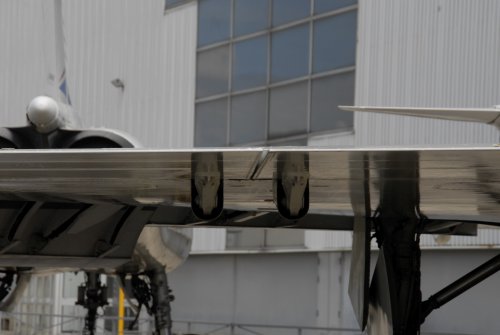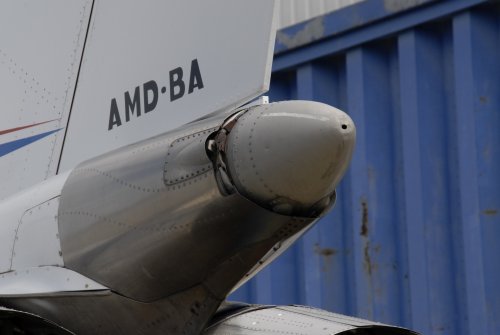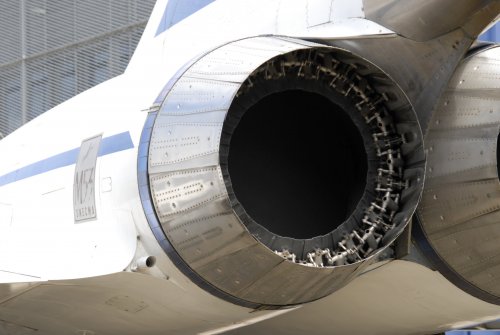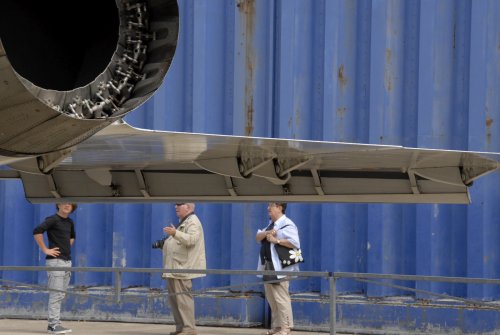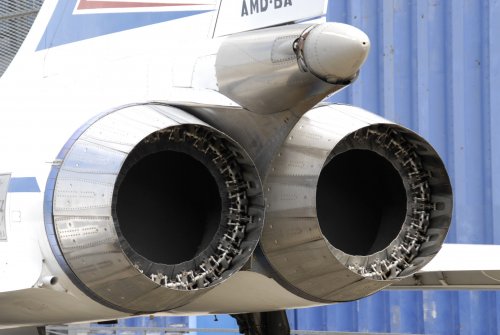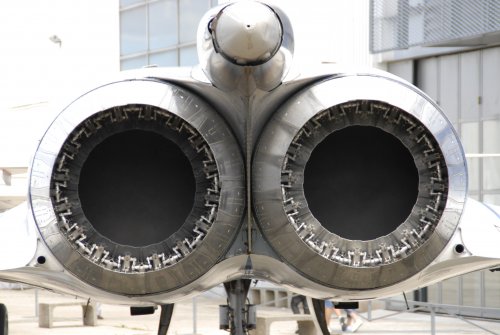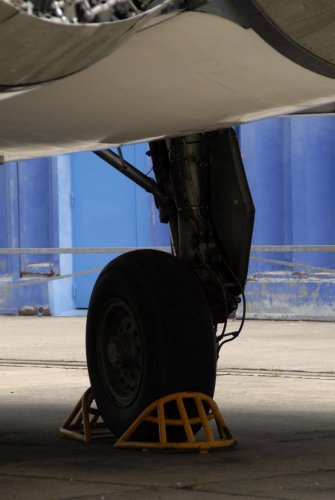Difficult to say…
And I think that for comparisons between 4000 and Rafale with their peers, there will be as many opinions as forumers-posts ;D
But I think that with the 4000, there would have been no Rafale like we know it, but maybe only a one-engined Rafale (with Advanced M-53), close to the shape of the Yugoslavian Novi Avion, for French Navy (even if the French Navy wanted the F-18, at least at the beginning, to replace the Super-Etendard and, above all and quickly, the most older F-8).
With money, the big Mirage 4000 could have been more easy to enhance (bigger place than in the 2000 for more efficient systems) and to maintain in service (because less quickly obsolete, as a fighter-bomber, than the 2000), with costs not growing a lot, with the time, for new built models. It could have been a French F-15, with no need of (big) change for the shape. Even today, it could have been a good opponant, with its good flying capacity (with advanced M-53 too) and the systems of the Rafale.
But France was and is a no-money-land, and, moreover, one M-53 or two M-88 drink less than two M-53 (and France even chose to close its own little oil fields, absolutely not empty, for "ecological reasons" to continue to buy oil in other lands...

). There was no future in France for the 4000... :-\

